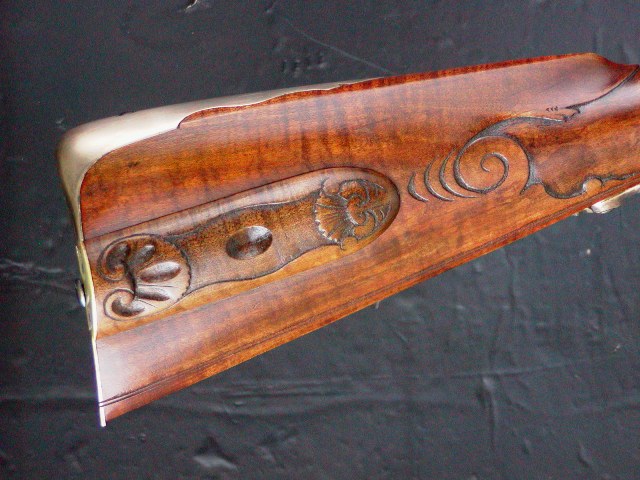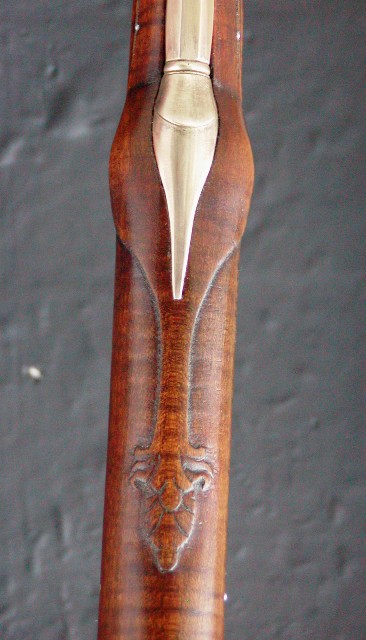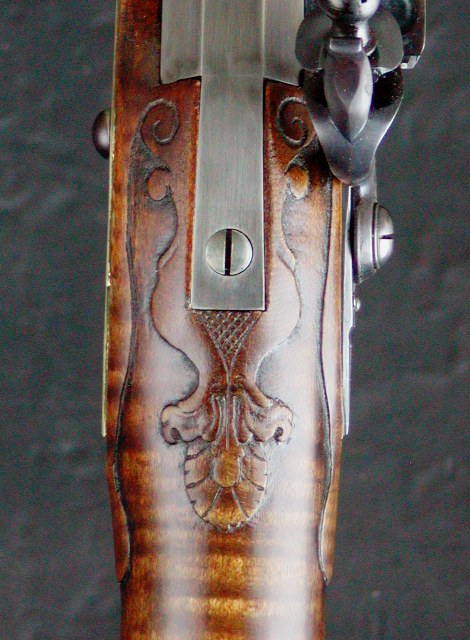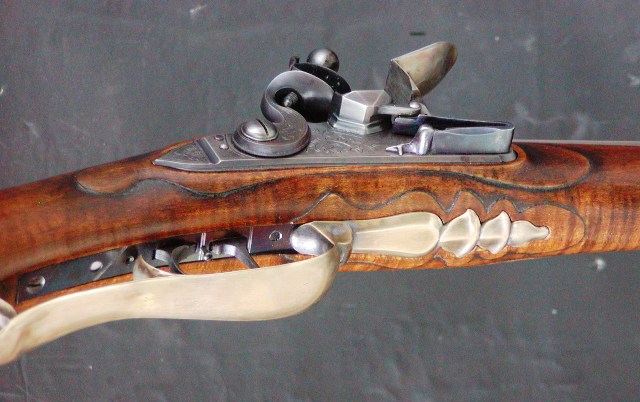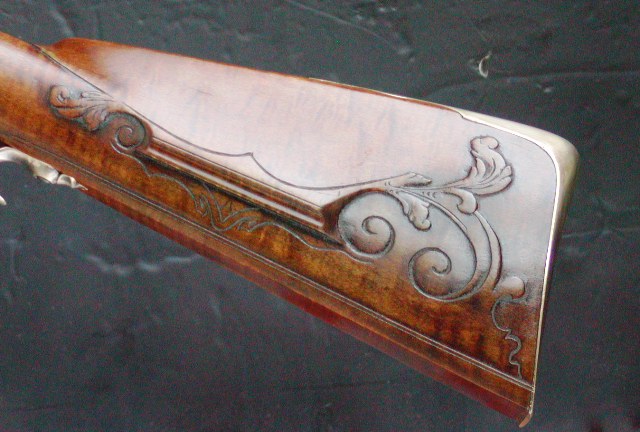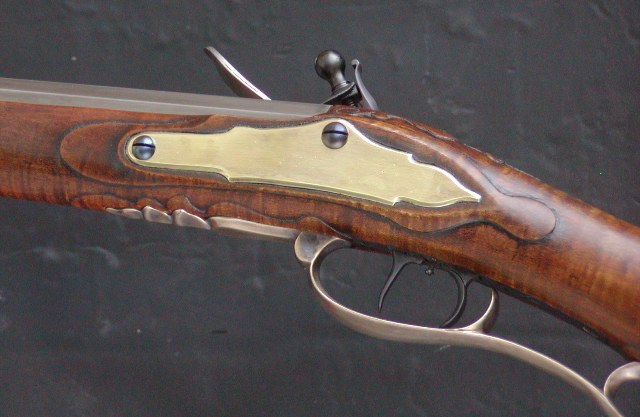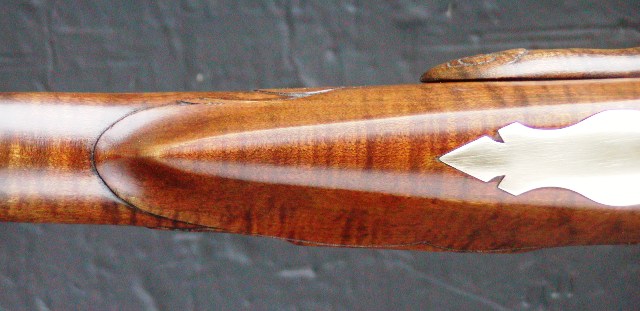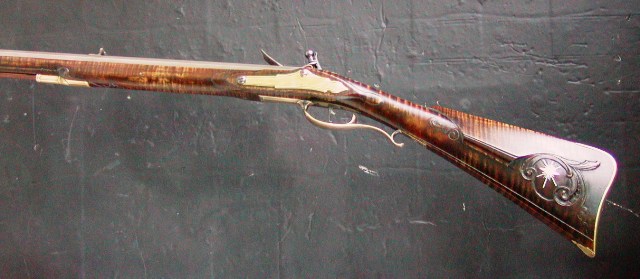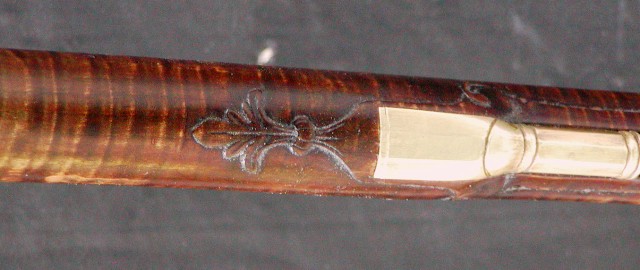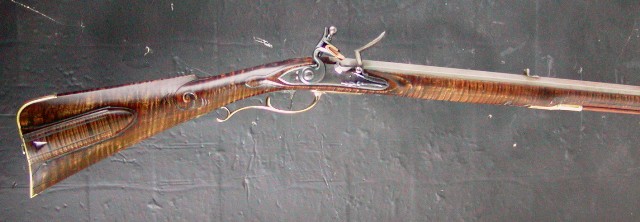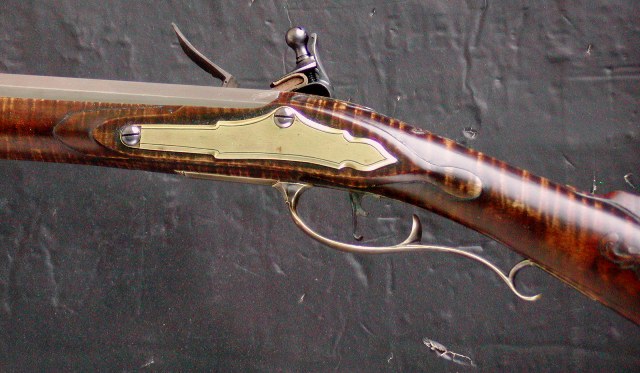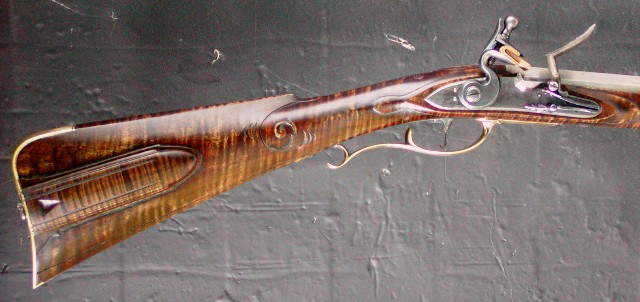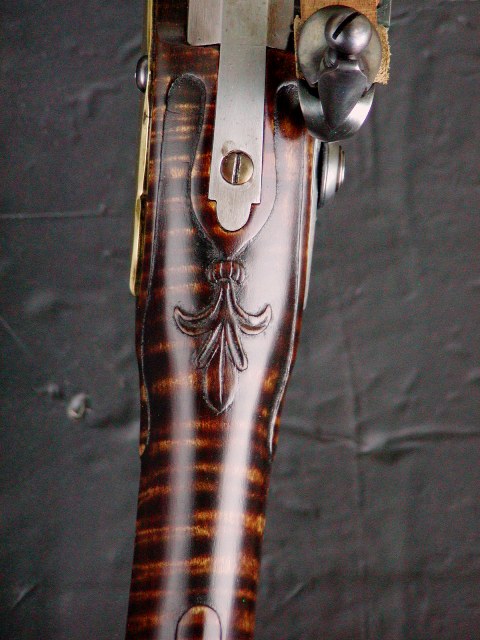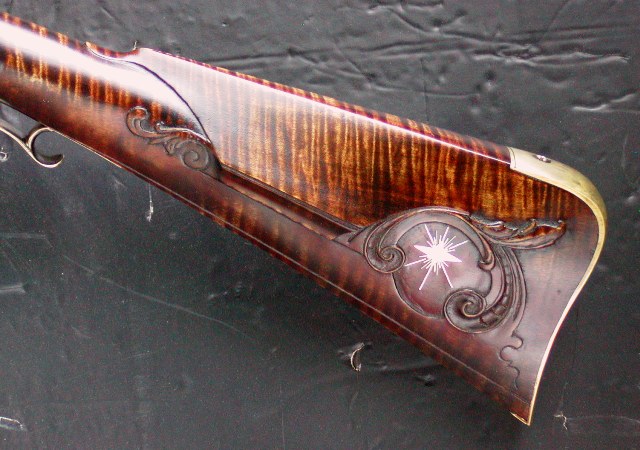“Gun” covers a lot of ground. I’d start with location. Where does the farmer live? He probably needs a militia gun. If he’s not in Pennsylvania, Maryland, Virginia, or North Carolina, he probably does not own a rifle. Rifles cost up to twice what smoothbores cost, as rifling a barrel is a couple days work.
A good and inexpensive book is “Of Sorts for Provincials” by Jim Mullins. It leans toward militia service but has at least 3 rifles in it.
I would not invest the money and effort of building a gun based on responses to forum questions alone, though you’ve already gotten some excellent advice here. If you have Rifles of Colonial America volume 1 or 2 on your shelf I could recommend a couple examples. If you Google “RCA 19” you’ll find a plain-ish rifle-built gun of the period. Carved and engraved, of course. It looks like this and guns like this are not tied to a region. In those days guys off the boat we’re making guns wherever they ended up, with some European styling still evident.
Are you looking to buy or build, and if build, do you need a pre-carved, partially inletted parts set, or can you build from a plank? Kibler’s early rifle would fit your needs reasonably, with a decade’s wiggle room.
View attachment 114421View attachment 114422View attachment 114423View attachment 114424View attachment 114425View attachment 114426





